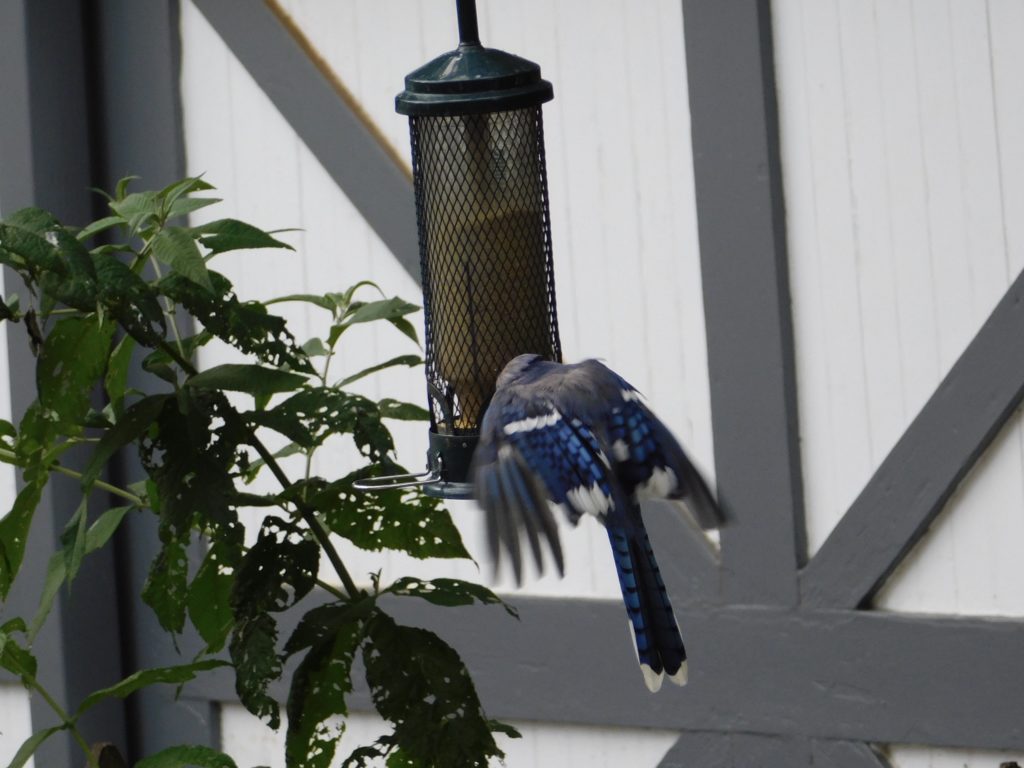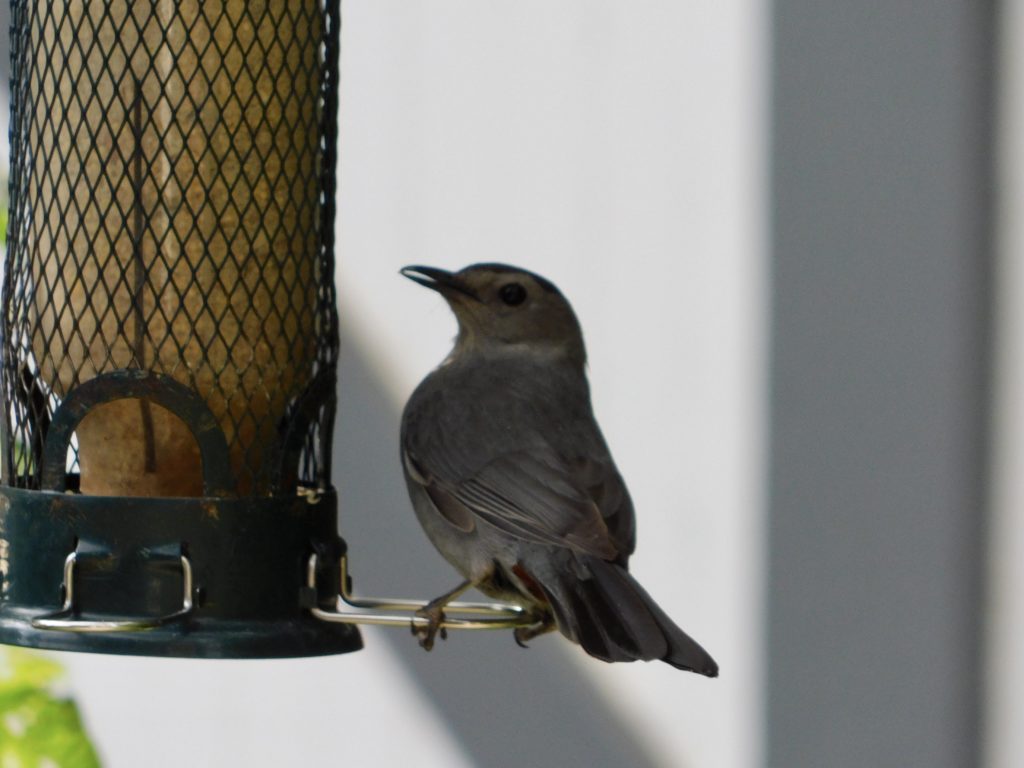First time visiting the Forsythe National Wildlife Refuge in New Jersey. While the refuge extends over 50 miles along the Jersey Shore, the eight-mile Wildlife Drive loops around just a small portion of it.





Egret
You begin to interest me…vaguely
First time visiting the Forsythe National Wildlife Refuge in New Jersey. While the refuge extends over 50 miles along the Jersey Shore, the eight-mile Wildlife Drive loops around just a small portion of it.





Egret
This paper by Smith, Gehara, and Harvey was released earlier this year (currently behind a paywall): The demography of extinction in eastern North American birds. Supplementary material can be viewed here. The DNA study included passenger pigeon and four other extinct bird species.
From the abstract:
We found extinct species harboured lower genetic diversity and effective population sizes than extant species, but both extinct and non-extinct birds had similar demographic histories of population expansion. These demographic patterns are consistent with population size changes associated with glacial–interglacial cycles. The lack of support for overall population declines during the Pleistocene corroborates the view that, although species that went extinct may have been vulnerable due to low diversity or small population size, their disappearance was driven by human activities in the Anthropocene.
Reference: Smith BT, Gehara M, Harvey MG. 2021 The demography of extinction in eastern North American birds. Proceedings of the Royal Society B: Biological Sciences Vol. 288, Issue 1944: 20201945.
An interesting article on the California Condor (Gymnogyps californianus), which faced extinction but has so far survived. Analysis of its genome implies a relatively large population about 1 million years ago followed by a decline in population around 10,000 years ago (or very roughly, the end of the Pleistocene). Note that the techniques used do not allow an estimation of recent (less than 10,000 years) population history.
For a species that was briefly extinct in the wild, the California condor has unexpectedly high genome-wide diversity
p. 5
our results show that the turkey vulture was historically less abundant than the California condor, though it is the most abundant and wide-ranging New World vulture today.
p. 6
Though the history of the California condor shows evidence of past decline, it retains a high degree of ancestral variation and, perhaps, the potential for future adaptation. As exemplified by the passenger pigeon (Ectopistes migratorius) and Carolina parakeet (Conuropsis carolinensis), high genetic diversity is by no means a barrier to extinction, but the variation present in the California condor is nonetheless reassuring. The species continues to repro- duce naturally and expand its range in the wild
p. 6
Source:
Robinson et al., Genome-wide diversity in the California condor tracks its prehistoric abundance and decline, Current Biology (2021), https://doi.org/10.1016/j.cub.2021.04.035
Featured image: Don Graham, CC BY-SA 2.0 https://creativecommons.org/licenses/by-sa/2.0, via Wikimedia Commons



…and he brought his family. The female Northern Cardinal also appears to be losing the feathers on her head. So I learned that every year people report seeing these balding cardinals. I now like to think of them as vulture cardinals, but some people call them lizard-heads. Ornithologists generally think this is normal yearly molting, although in some cases, the cardinals might be suffering from head mites, lice, or some similar parasite. I’m inclined to think the original cardinal, a regular visitor to the birdfeeder, is not just going through a normal molt. It’s been well over a month since I first noticed his condition and his other feathers are normal and bright red. The female may be undergoing a regular molt while I’m guessing the third bird, shown below with duller red feathers and a lot of brown, is a juvenile.


Pandemic-related photo opportunity; all seen within about 20 minutes. Not shown: nuthatch, chipping sparrow (?), lurking gray squirrels.













The Seven Tones Project pairs new interpretations of the music of Duke Ellington and Billy Strayhorn with short movies. The project turns the coronavirus quarantine into an opportunity for creative collaboration.
In association with the Fine Feathered Friends exhibit, here’s history behind how the Eastern Goldfinch became New Jersey’s official state bird.
Anthony Kuser, who is introduced late in the video, was also a sponsor of the search for a surviving passenger pigeon. In 1909, he offered a $300 reward for proof of an undisturbed passenger pigeon nest. The ensuing search was unsuccessful (many sightings of presumed passenger pigeons turned out to be mourning doves) but the reward, and the publicity surrounding it, helped establish with certainty the extinction of passenger pigeons in the wild.
A fine woodpecker skull with an exceptionally well-preserved hyolingual apparatus presented by Duke Farms, the first in a weekly series.
